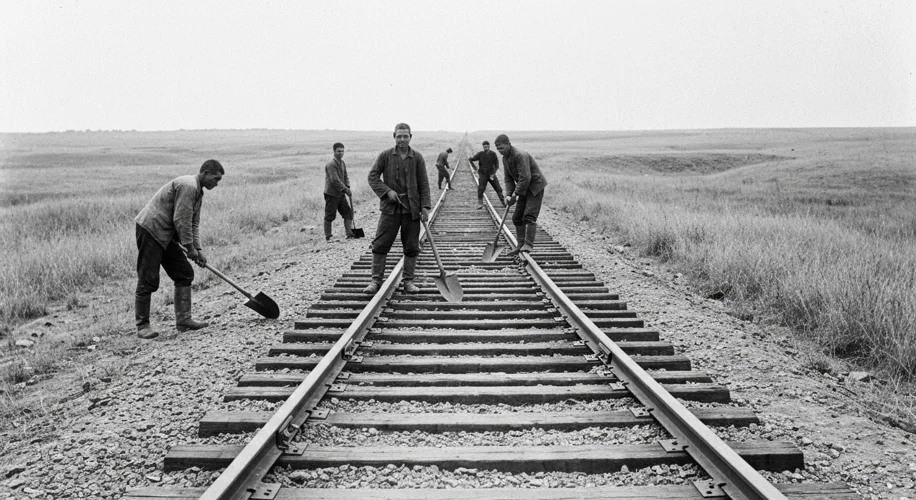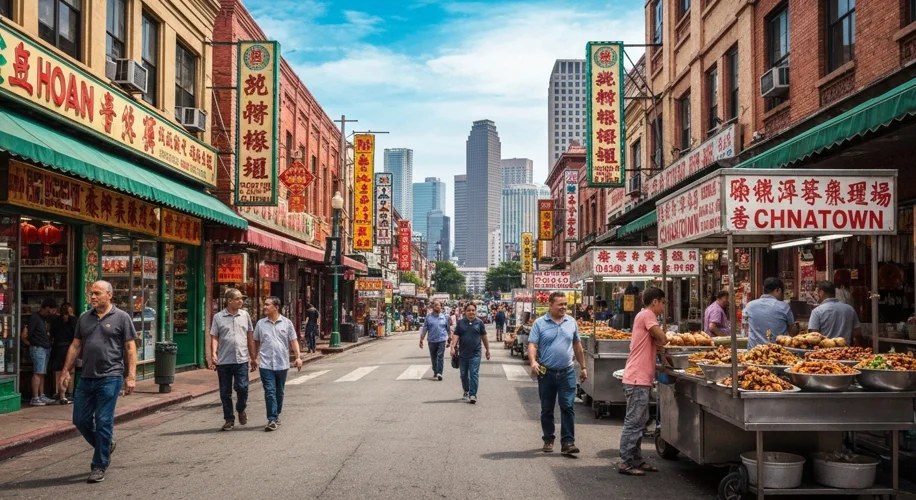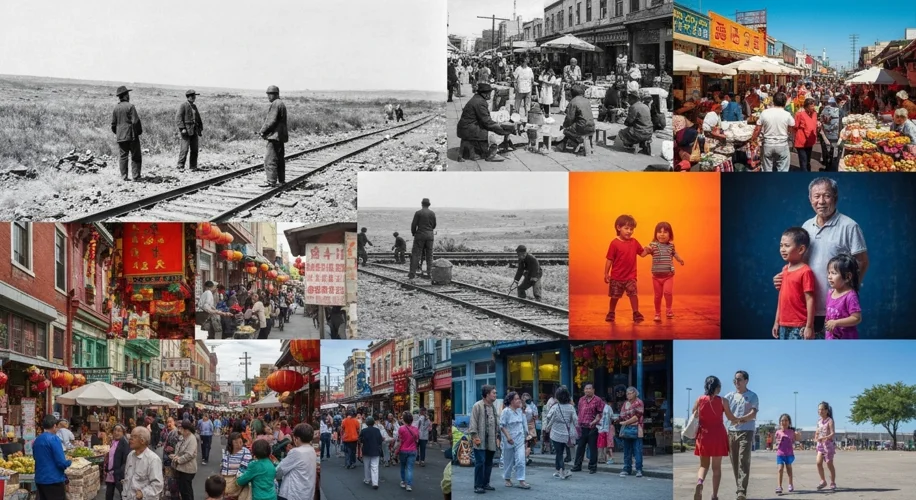The vast expanse of Texas, a land often synonymous with cowboys and oil rigs, holds within its sprawling landscapes a rich and often overlooked history – the story of Chinese Americans.
While not the first wave of Asian immigrants to the United States, Chinese laborers began arriving on American shores in significant numbers during the mid-19th century, drawn by the promise of economic opportunity, particularly during the California Gold Rush. However, their journey westward soon led them to the burgeoning opportunities in Texas, a state undergoing its own dramatic transformations.
The mid-to-late 19th century was a period of immense change for Texas. Following the Civil War, the state was rebuilding and expanding, with a burgeoning need for labor in agriculture, railroads, and nascent industries. Chinese laborers, often facing discrimination and exploitation elsewhere, found themselves recruited to fill these roles. The completion of the Transcontinental Railroad in 1869, though primarily built through the West, spurred demand for similar infrastructure projects, and Chinese workers were integral to the development of Texas’s own railway networks.

Beyond the railroads, Chinese immigrants began to establish communities, often centering around businesses that served both their own populations and the wider society. Chinatowns, though not as numerous or as large as in coastal cities, began to emerge in Texas’s major urban centers like Galveston, Houston, and Dallas. These enclaves became vital centers of cultural preservation, offering a sense of home and community in a land that was often unwelcoming.
Early Chinese Texan life was characterized by hard work and resilience. Many men worked in the burgeoning laundry and restaurant industries. The laundry business, in particular, became a common enterprise, as it required relatively little capital to start and was in high demand in a society accustomed to home-based services. Restaurants, offering a taste of home and a new culinary experience, also became a hallmark of Chinese American presence.
The turn of the 20th century brought significant challenges. The Chinese Exclusion Act of 1882, and subsequent anti-immigrant legislation, severely curtailed Chinese immigration and made life difficult for those already in the United States. Many Chinese Texans faced significant discrimination, legal restrictions, and social ostracism. Despite these hurdles, the communities persevered, adapting and finding ways to thrive.
As the 20th century progressed, the Chinese American community in Texas continued to evolve. While early immigrants were predominantly laborers, later generations moved into a wider range of professions, including small business ownership, academia, medicine, and engineering. The Civil Rights Movement brought about crucial legal changes that benefited all minority groups, including Chinese Americans, opening up new opportunities and challenging discriminatory practices.
The contributions of Chinese Americans to Texas are multifaceted. Culturally, they have enriched the state’s diverse tapestry with their culinary traditions, festivals, and philosophies. Economically, they have been active participants in local economies, founding businesses and creating jobs. Socially, they have contributed to the vibrant mosaic of Texan society, often serving as bridges between cultures.
Consider the story of Louis W. K. Lee, a Chinese immigrant who arrived in Houston in the mid-20th century. He started a small grocery store and, through hard work and dedication, eventually founded the successful Ninfa’s restaurant chain, a Tex-Mex institution that became synonymous with Houston’s culinary scene. While not ethnically Chinese in its cuisine, Lee’s entrepreneurial spirit and success story exemplify the integration and impact of Chinese Americans within the broader Texan economy.

Today, Chinese Americans are an integral part of Texas, with growing communities across the state. Their history is a testament to the enduring spirit of immigration, adaptation, and contribution. It’s a narrative that reminds us that the story of Texas, like America itself, is continuously written by the diverse hands that have shaped its past and continue to build its future.
The journey of Chinese Americans in Texas is not just about migration; it’s a story of building homes, establishing roots, and weaving their unique threads into the grand fabric of the Lone Star State. It’s a history worth remembering and celebrating.

